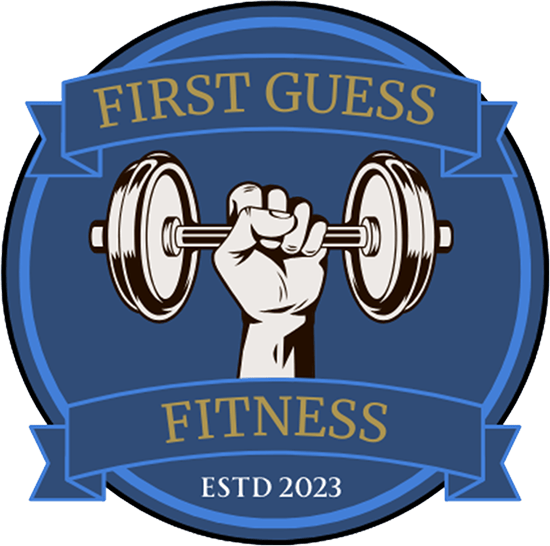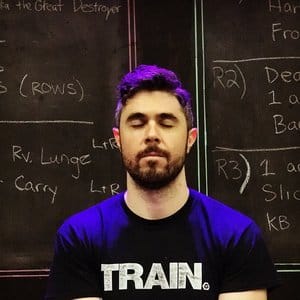If you’re like me (rather how I used to be), you probably think meditation is a useless waste of time. Or you think it’s this foofy, woo-woo, new-age, pseudo-scienc-y thing that was only done by yogis and monks. The last thing you’d catch me doing is sitting on a rock with my legs crossed ‘om-ing’. But that all changed.
As a fitness professional my education relies heavily on hard science. This helps to cut through a lot of the bullshit in this industry and find out what really works. To date, much of the research on meditation has been on soft science or ancient scrolls. When people come to me for fitness advice I’m not going to sell them magic potions or magnetic bracelets.
But recently, my responsibilities have grown exponentially. The demands of coaching, running a business, and having a personal life have left me a bit worn out. So at the beginning of this year I decided the big focus for my own personal growth needed to be self-care. After reaching out to several professionals and mentors, meditation was the one thing that kept popping up. It was time to get over past beliefs and do a little digging.
Why Meditation Kicks Ass!
My own personal quest is to know as much as I possibly can about human physiology and psychology. For one, it will allow me to help more people. Second, it’s the path to my own (and any human’s) growth and fulfillment towards being happy AF. The more I understood about the actual science and physiology of meditation the more badass it became. It’s powers became known!
Just like your working out is for better control and growth of your body, meditation is for better control and growth of your mind. Research has shown mediation to give you control over your autonomic nervous system. This is an EXTREMELY powerful tool considering the role of your nervous system.
If you’re not quite sure of the role of your autonomic nervous system, it’s broken up into two parts: the sympathetic and parasympathetic nervous systems. Your sympathetic nervous system is your body’s ‘fight or flight’ response. It’s important to understand that stress built up in your body is cumulative, both good and bad (eg work, fitness, responsibilities, finance, injury, relationships, etc). It all adds up and most folks tend to live in a constant state of ‘fight or flight’.
Your parasympathetic nervous system, on the other hand, is your body’s ‘rest and digest’ response. It’s what calms down the sympathetic response to stress and allows your body to recover. The vast majority of people we see on a regular basis are really bad at tapping into this system to recover adequately.
Turn Down the Volume
We all experience a constant low level of stress from living in a world of constant stimulation. Just by picking up your cell phone you can see what is happening in any part of the world, marvel at your friend’s ‘perfect’ lives on Facebook, laugh at LOL Cats on YouTube, or buy a pink bunny onesie on Amazon. All totally necessary things, of course.
Stress builds up cumulatively and over time can cause a feeling of constant ‘unease’. Imagine turning the volume knob up on while blasting Metallica and keeping it on 24-7 for all of eternity. While that would be great for hitting a deadlift PR… not so great for relaxing.
Meditation will help you cut through that noise and simply ‘turn down the volume’ of your stress and anxiety levels. You’ll be able to experience more calm, creativity, and happiness that isn’t always possible when the volume is turnt up.
Bonus side-effect: better sex. Are you sold yet?
Also, when it comes to fitness, meditation is definitely the most underrated tool for fat loss, strength gainz and performance. At AMP, recovery is being a non-negotiable component of a well-rounded fitness program.
Who is Meditation For?
Everyone can benefit from meditation but you absolutely have to find the practice that’s right for you. There are many different styles and schools of thought that allow for different personality types and goals.
Personally, I’ve found Vedic style (using a mantra) meditation to help me the most since it allows for thoughts to happen. Because of this I’ve even heard this referred to as ‘thinkitation’. This type of meditation is particularly good for type-A individuals like high performing athletes and executives who have trouble turning their brain ‘off’. It also allows you to tap into your subconscious for higher levels of creativity since it allows free thoughts to flow in and your brain to make connections.
Others may prefer guided visualization type meditation which can be found in apps like Headspace or Calm that help you find silence and rest. This is perfect for beginners and most trainees since you’re told what to think and feel and it’s easy to follow. Some apps also have relaxing sounds like waves on a beach which will really help you feel like you’re taking a mini-vaca.
No matter which you choose, meditation is by far one of the most underrated tools for recovery, fat loss and performance. It will help you become a little bit calmer and make everything in your life a bit easier.
Your Homework: Create a Habit!
When Lindsay and I were getting started, we crushed it twice a day for the first month to really solidify a habit. It sounds like a lot but it really helped to get started. Now we aim for about 4-6 15min meditations per week (maybe more if we’re super stressed) which is very doable. We meditate when we can but make sure not to stress if it’s not perfect. It doesn’t have to be and just like fitness, you make it work for you not the other way around.
At AMP, after each team training session we make sure to set aside 3-5 minutes to breathe and meditate. We know some people just won’t make the time so post workout time is PERFECT. Your nervous system will be jacked up so slow breathing helps recovery and you get some meditation in there. I know, we’re sneaky. 😉
Personally, the best part has been spending time each day to really use my headspace to give gratitude. This is something I think every human should do.
Want to receive more epic knowledge bombs from AMP like this one?
Steve is the co-owner and head coach at First Guess Fitness in downtown Boston. He created AMP as a way to show people expert fitness can be affordable and fun and a powerful community can achieve great things through unrelenting positivity. He is a lifelong learner and has a library that has many leather bound books and smells of rich mahogany. When he’s not coaching at AMP he enjoys his daddy duties with baby Liam, cooking all the things and re-watching the Notebook on Netflix. He is also great at hugs.







